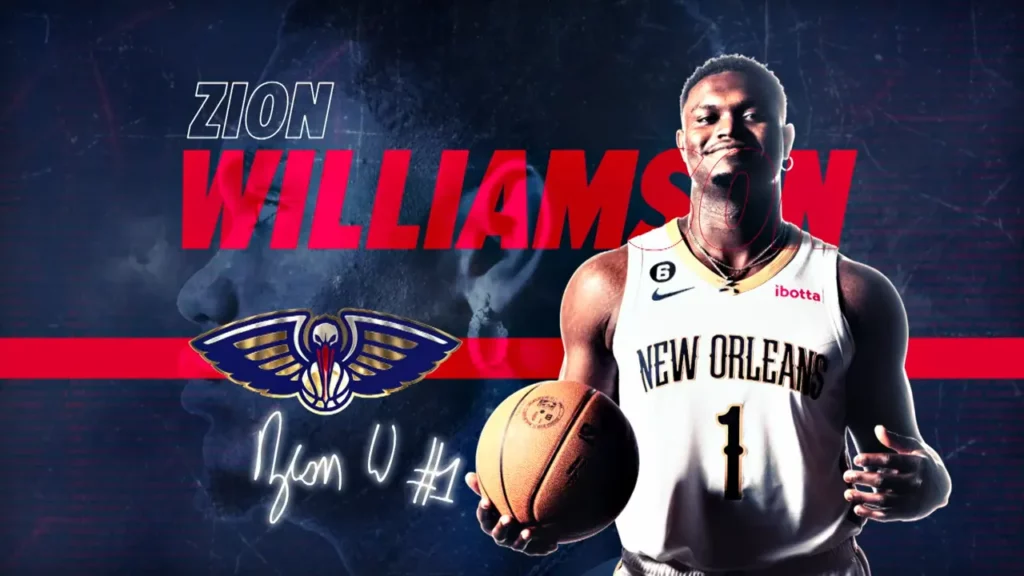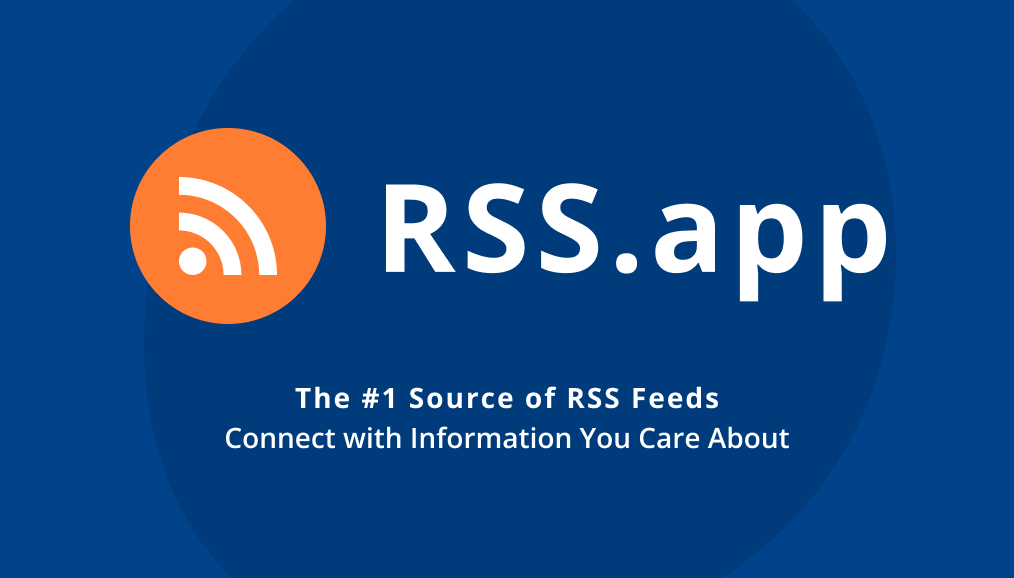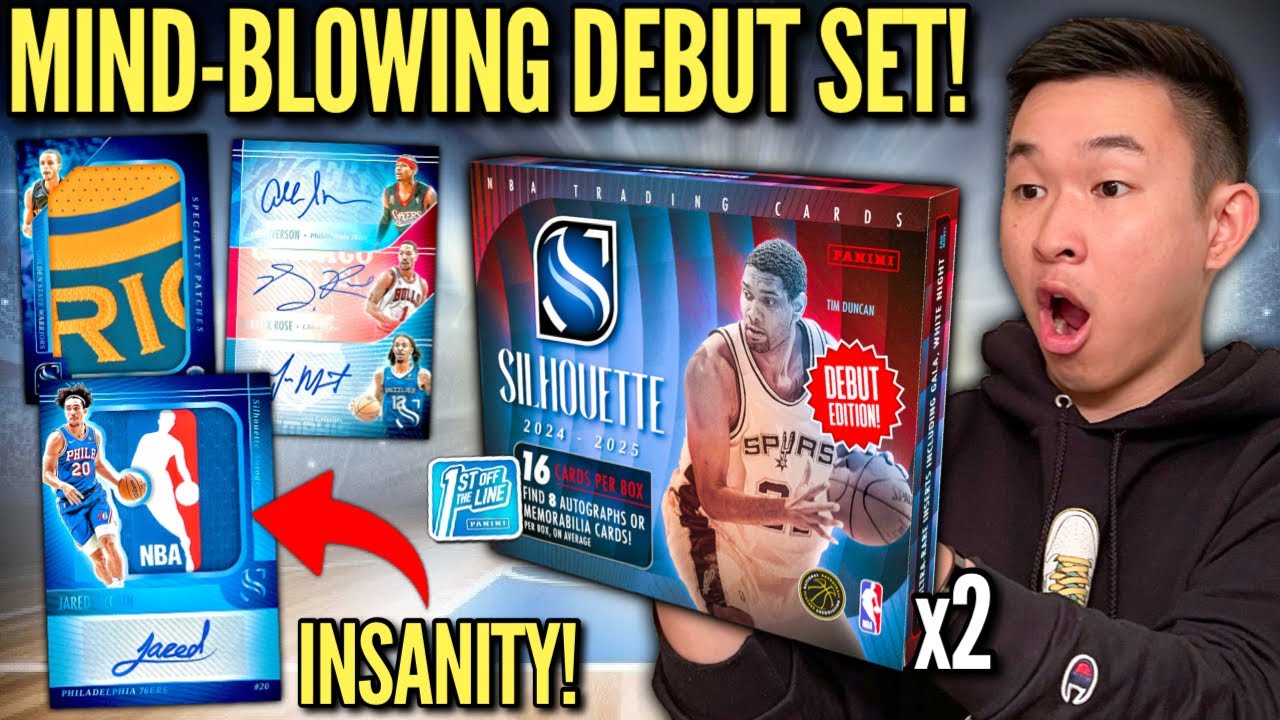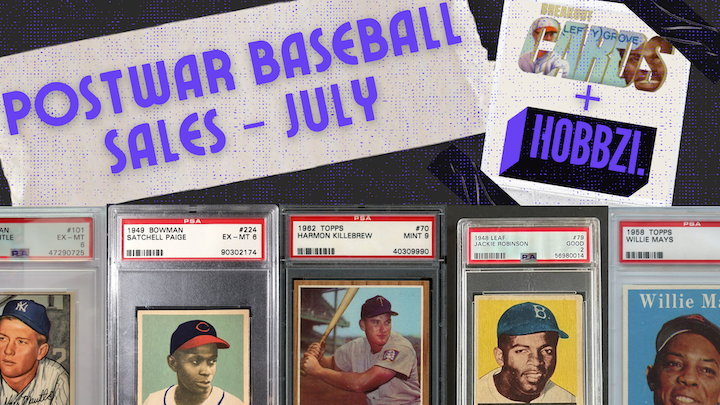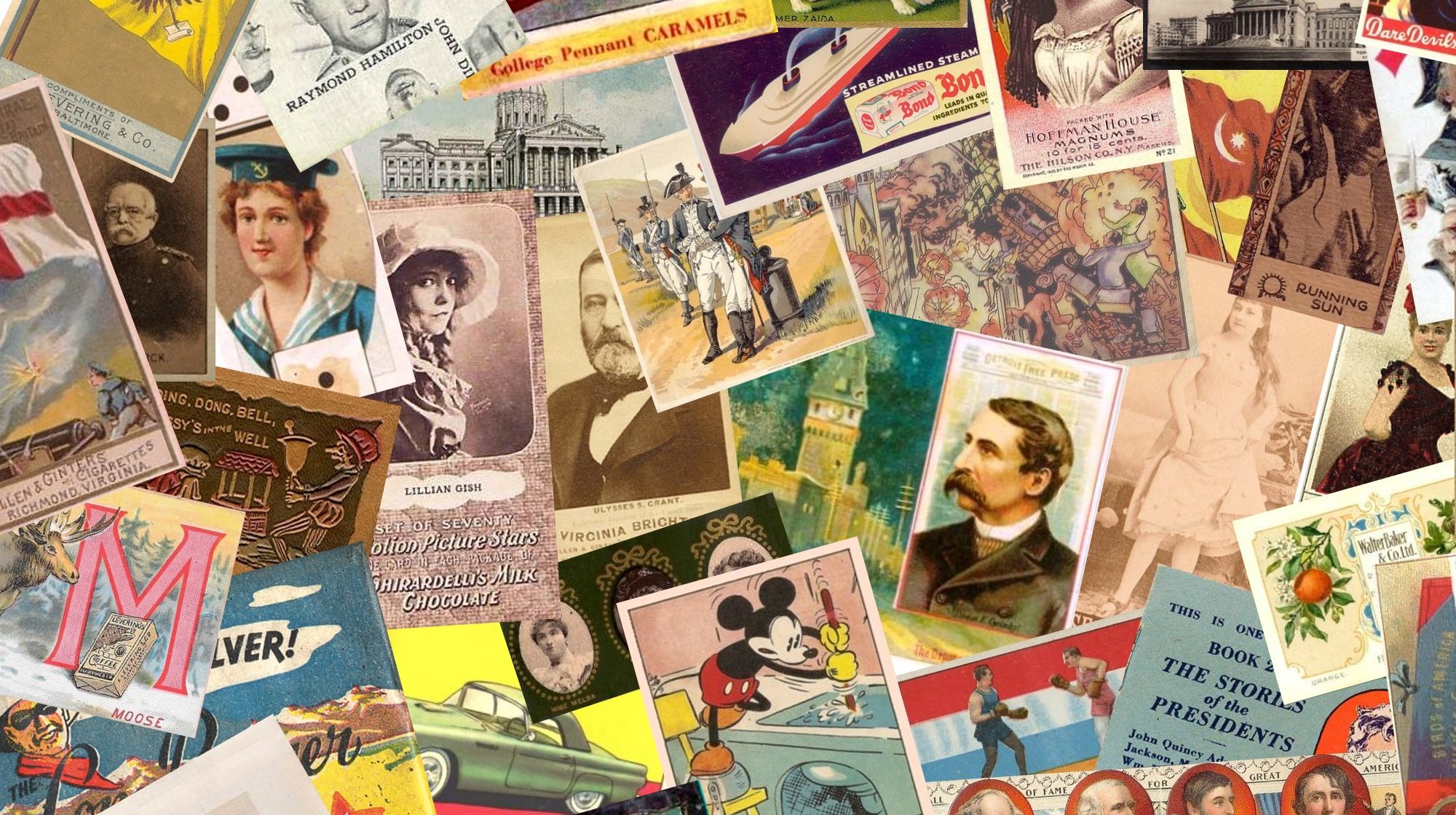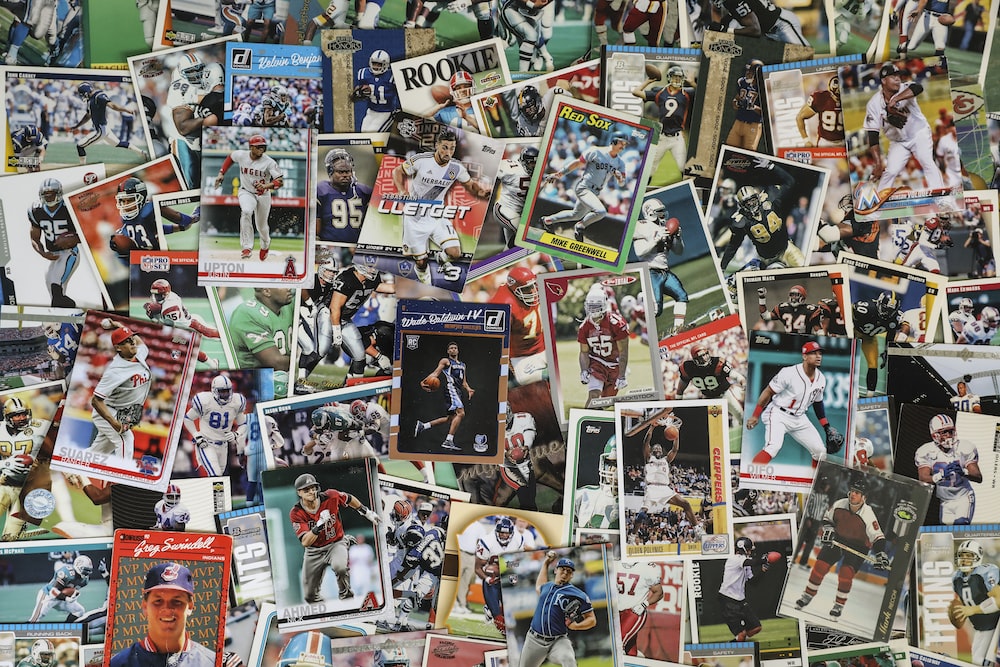In recent years, the sports card market has experienced a resurgence in popularity, attracting collectors and investors alike. There have been countless personalities that have captured the attention of collectors and one of the most recent and recognizable is Zion Williamson. He burst onto the scene with extraordinary talent and sky-high expectations and his card values have made roller coaster ridess look mildly hilly by comparison. Let’s take a look into why this is, shall we?
The Rise of Zion Williamson
See, Williamson gained a lot of attention during his college basketball career at Duke University thanks to his athleticism, powerful dunks, and dominant presence on the court. As one of the most hyped prospects in recent memory, he earned a devoted following of fans and collectors that were eager to pick up his sports cards as they became available. This anticipation, coupled with the limited supply of his rookie cards, created an initial surge in value and set the stage for what was to come.
The Initial Boom
Following Williamson’s selection as the first overall pick in the 2019 NBA Draft by the New Orleans Pelicans, his card values skyrocketed. The demand for his rookie cards was massive, as collectors scrambled to secure a piece of the budding superstar’s legacy. Limited print runs, autographed variations, and cards with unique features helped fuel the frenzy, and we saw astronomical prices as a result.
As happens all too frequently with unproven rookies, the bubble was bound to burst if Zion didn’t live up to the overwhelming expectations that his adoring fans and collectors placed on him…and that’s exactly what we saw happen.

Injury Concerns and Uncertainty
While Williamson’s rookie season showed flashes of brilliance, injury concerns soon arose. A knee injury forced him to miss a significant portion of the 2019-2020 season and understandably led to uncertainties about his durability and long-term performance. The emergence of other talented rookies, such as Ja Morant and Tyler Herro, further diverted attention from Williamson. These factors, combined with the ongoing COVID-19 pandemic’s interference with a traditional basketball season, dampened the enthusiasm surrounding his cards, resulting in a steep decline in value.
As the 2019-2020 NBA season resumed, his fans once again felt some renewed hope for Williamson and his card values, and his performance didn’t disappoint. He once again showcased his exceptional skills and sparked ongoing optimism among collectors, however, the New Orleans Pelicans’ failure to secure a playoff spot further dampened that enthusiasm. Focus is fickle and the Pelicans’ failure to make it deep into the playoffs and the resulting focus on teams and players with higher stakes contributed to a decline in interest and prices for Williamson’s cards.
Market Speculation and Manipulation
The sports card market, like any investment market, is susceptible to speculation and manipulation. Flippers and investors looking to capitalize on the hype and potential profitability of Williamson’s cards played a significant role in driving up prices artificially. This frenzy created an unsustainable bubble that eventually burst, resulting in a correction in card values. As tends to happen, the drop in prices shine a light on the volatility inherent in the sports card market and left some collectors with significant losses.
Future Prospects and Lessons Learned
As Williamson enters his third NBA season, the sports card market is approaching Zion’s cards with a healthy balance of caution and optimism about his potential and what that might mean for the value of his cards. He’s shown that with improved health and a promising supporting cast, there is a lot of hope for the young superstar’s performance on the court. However, history makes for a great teacher as long as you remember it and many collectors and investors have learned to approach his cards with more prudence and a long-term perspective. At this point, it’s safe to say that the hype has passed and the value of Zion Williamson’s cards, like that of any other athlete’s, will be most influenced by his on-court achievements, injuries, team success, and overall market conditions.


